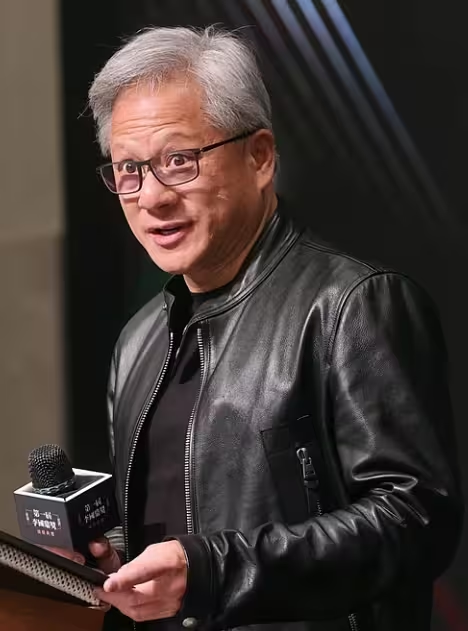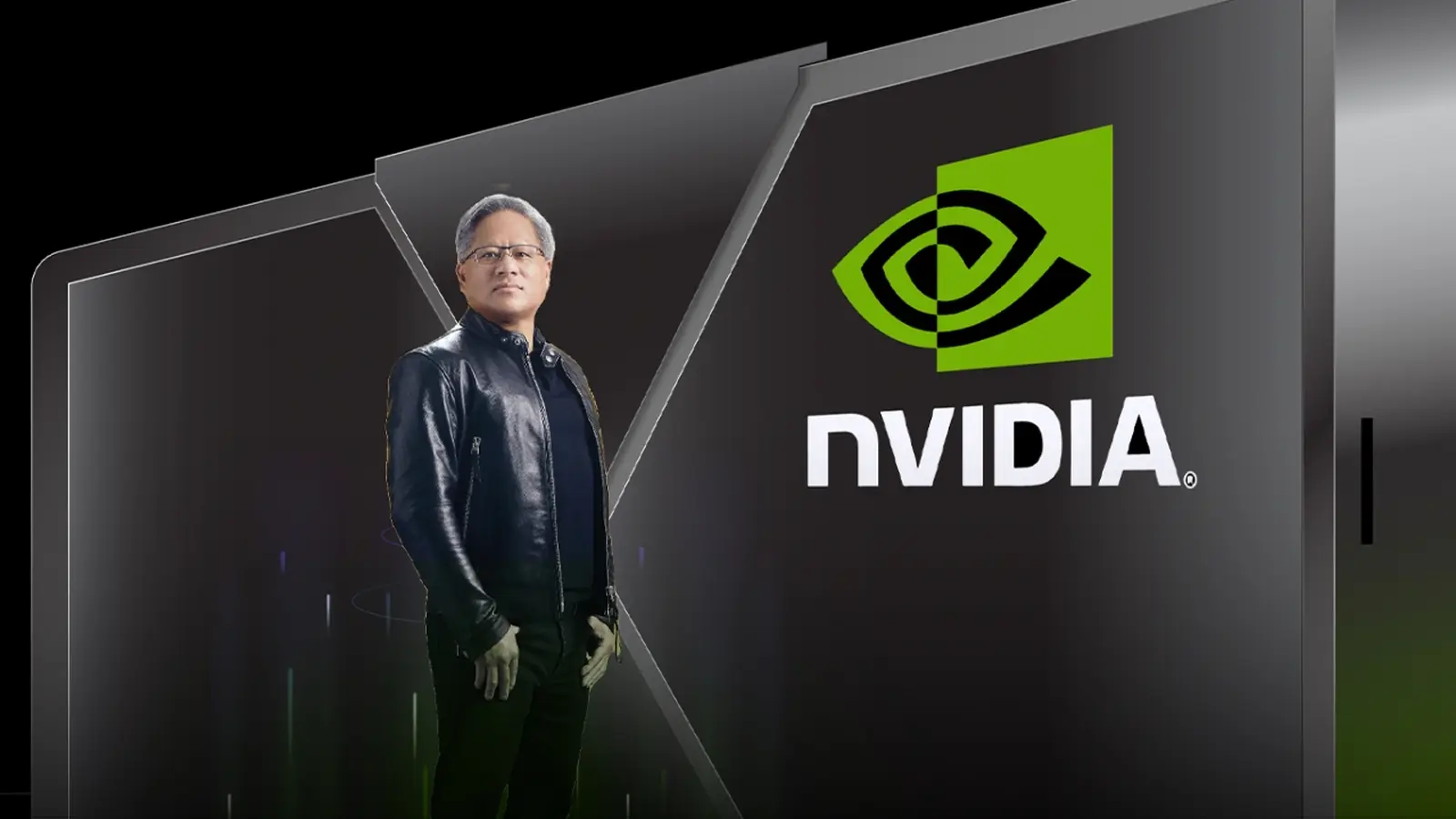3 Minutes
NVIDIA — once the undisputed leader in China’s high-end AI chip market with roughly 95% share — now finds itself shut out entirely. A mix of U.S. export controls, regulatory scrutiny in China and aggressive domestic chip investment has transformed the market almost overnight.
A sudden exit: export curbs and regulatory pressure
The U.S. has barred exports of NVIDIA’s top AI accelerators — including the A100, H100 and H200 — to Chinese firms since 2022. Although a downgraded model, the H20, was initially allowed, Chinese authorities launched a security review that discouraged buyers. NVIDIA CEO Jensen Huang didn’t mince words: “At the moment, we’re 100 percent out of China,” he said during an interview in early October.
The result: a rapid collapse of NVIDIA’s market presence in China. What looked like a gradual policy shift became a decisive commercial cutoff, leaving local companies to look elsewhere for compute horsepower.
China responds faster than many expected
Rather than waiting, Chinese tech giants and chipmakers accelerated plans to build homegrown AI silicon and packaging solutions. Huawei, long focused on semiconductors, unveiled an advanced roadmap and clustering techniques aimed at replacing NVIDIA-class accelerators. Other major players — Alibaba, Tencent, ByteDance and Baidu — are funneling resources into chip R&D and ecosystem development.

- Huawei: pushing an AI chip roadmap and new clustering approaches
- Cloud and internet giants: integrating custom accelerators and software stacks
- Local foundries and startups: scaling design and packaging to close the gap
China already hosts nearly half of the world’s AI researchers. That deep talent pool, combined with provincial competition and massive corporate investment, is compressing timelines that once favored Western vendors.
What this means for the global chip landscape
The immediate impact is geopolitical and economic. Analysts warn that pushing NVIDIA out of China risks accelerating Chinese self-sufficiency — strengthening domestic supply chains and potentially reducing global reliance on U.S. technology. That could shrink addressable markets for American firms and make it harder to maintain a single global standard for AI hardware.
Jensen Huang has framed the policy choice as a strategic mistake, arguing that excluding Chinese companies from U.S. technology could ultimately slow global AI progress and even backfire on American interests. Whether policymakers will recalibrate remains unclear; the industry is watching closely as both sides race to secure technological advantages.
Where things stand now — and what to watch
For now, NVIDIA’s absence in China opens space for domestic alternatives, faster local deployment of custom accelerators and a renewed push on manufacturing independence. Key indicators to monitor include:
- Performance and adoption of China-made AI chips versus NVIDIA hardware
- Investment flows into Chinese semiconductor startups and foundries
- Any policy shifts from the U.S. or regulatory signals from Beijing that could reopen market channels
The chip race has always been about technology and scale, but it’s increasingly about policy and supply chains too. As governments and industry respond, the balance of power in AI infrastructure may look very different a few years from now.
Source: gizmochina


Leave a Comment